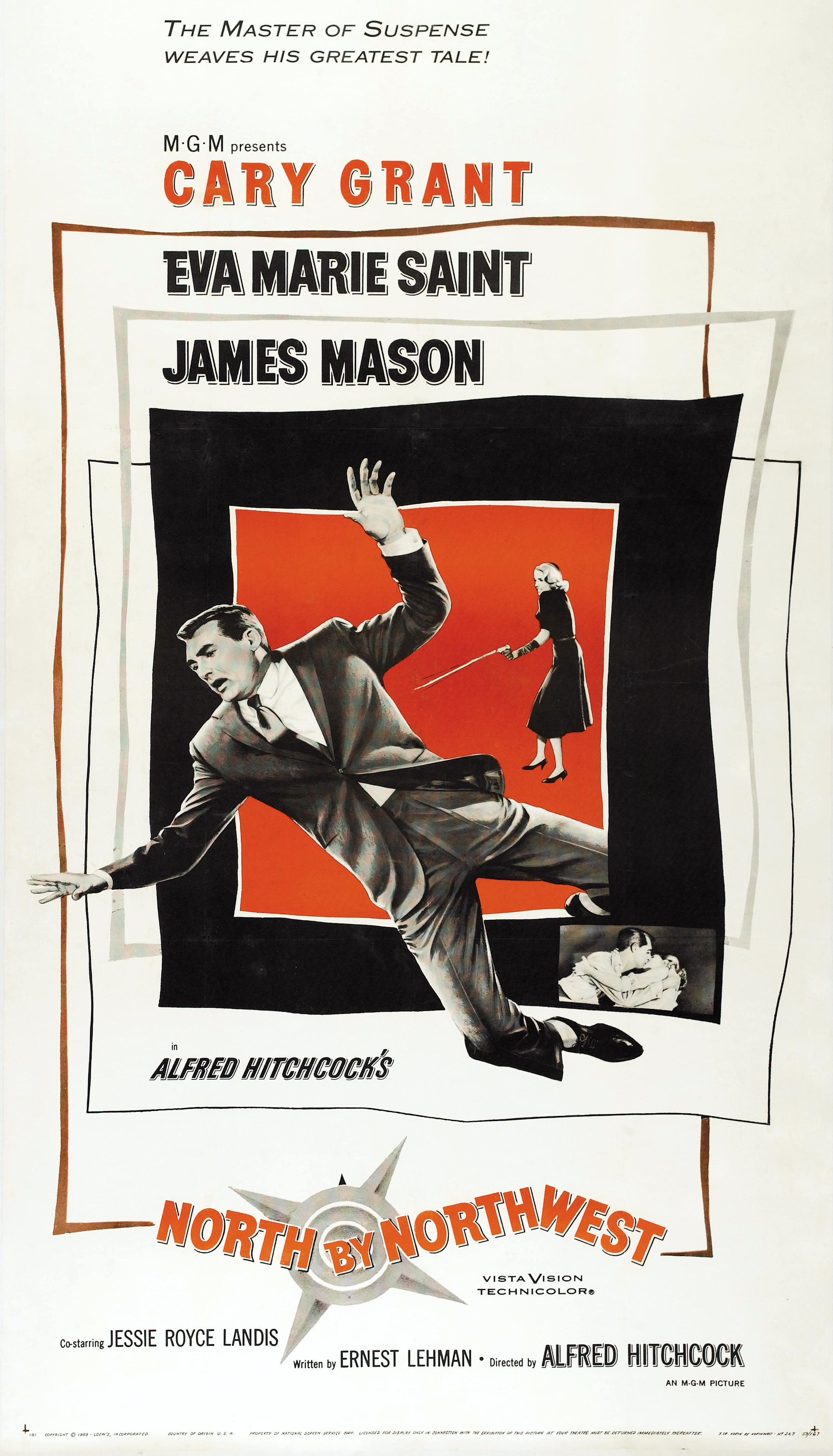A blog formerly known as Bookishness / By Charles Matthews
"Dazzled by so many and such marvelous inventions, the people of Macondo ... became indignant over the living images that the prosperous merchant Bruno Crespi projected in the theater with the lion-head ticket windows, for a character who had died and was buried in one film and for whose misfortune tears had been shed would reappear alive and transformed into an Arab in the next one. The audience, who had paid two cents apiece to share the difficulties of the actors, would not tolerate that outlandish fraud and they broke up the seats. The mayor, at the urging of Bruno Crespi, explained in a proclamation that the cinema was a machine of illusions that did not merit the emotional outbursts of the audience. With that discouraging explanation many ... decided not to return to the movies, considering that they already had too many troubles of their own to weep over the acted-out misfortunes of imaginary beings."--Gabriel García Márquez, One Hundred Years of Solitude
Friday, February 19, 2016
North by Northwest (Alfred Hitchcock, 1959)
There's a famous gaffe in North by Northwest, in the scene in which Eve Kendall (Eva Marie Saint) shoots Roger Thornhill (Cary Grant). Before she fires the gun, you see a young extra in the background stop his ears against the noise, even though it's supposed to surprise and panic the crowd. It's so obvious a mistake that you wonder how the editor, George Tomasini (who was nominated for an Oscar for the film), could have missed it. The usual explanation is that he couldn't find a way to cut it out, or didn't have footage to replace it. And after all, in the days before home video, would the audience in the theater notice? Even if they did, they would have no easy way to confirm that they had actually seen it. But I have a different suspicion: I think that they showed the goof to Alfred Hitchcock, and that he laughed and left it in. For above all else, North by Northwest is a spoof, a good-natured Hitchcockian jest about a genre that he had virtually invented in 1935 with The 39 Steps: the chase thriller, in which the good guy finds himself on the run, pursued by both the bad guys and other good guys. The ear-plugging kid fits in with the film's general insouciance about plausibility. A couple who climb down the face of Mount Rushmore, she in heels (and later in stocking feet) and he in street shoes? A lavish modern house with a private air strip that seems to be on top of the mountain, only a few hundred yards from the monument? A good-looking man who seems to go unnoticed by the crowds in New York and Chicago and on the train in between, even though his face is on the front page of every newspaper? A beautiful blond woman who shows up just at the right moment to take him in and not only hide him on the train but make love to him? Only a director with Hitchcock's skill and aplomb could take on such a tall tale and make it work, keeping you thoroughly entertained in the process. Of course, he had a good screenplay by Ernest Lehman to work with, along with one of the greatest leading men of all time. He had a leading lady with enough skill to evoke his favorite leading lady, Grace Kelly, without embarrassing herself (as Tippi Hedren came close to doing when she tried). He had Bernard Herrmann's wonderful score, alternately pulse-pounding and romantic, and Robert Burks's cinematography. He had James Mason, Martin Landau, and Jessie Royce Landis as support. I would call it my favorite Hitchcock film, but that's maybe only because I've just seen it, and my ranking will probably change the next time I see Notorious (1946) or Rear Window (1954) again.
Links:
Alfred Hitchcock,
Bernard Herrmann,
Cary Grant,
Ernest Lehman,
Eva Marie Saint,
George Tomasini,
James Mason,
Jessie Royce Landis,
Martin Landau,
North by Northwest,
Robert Burks
Subscribe to:
Posts (Atom)
